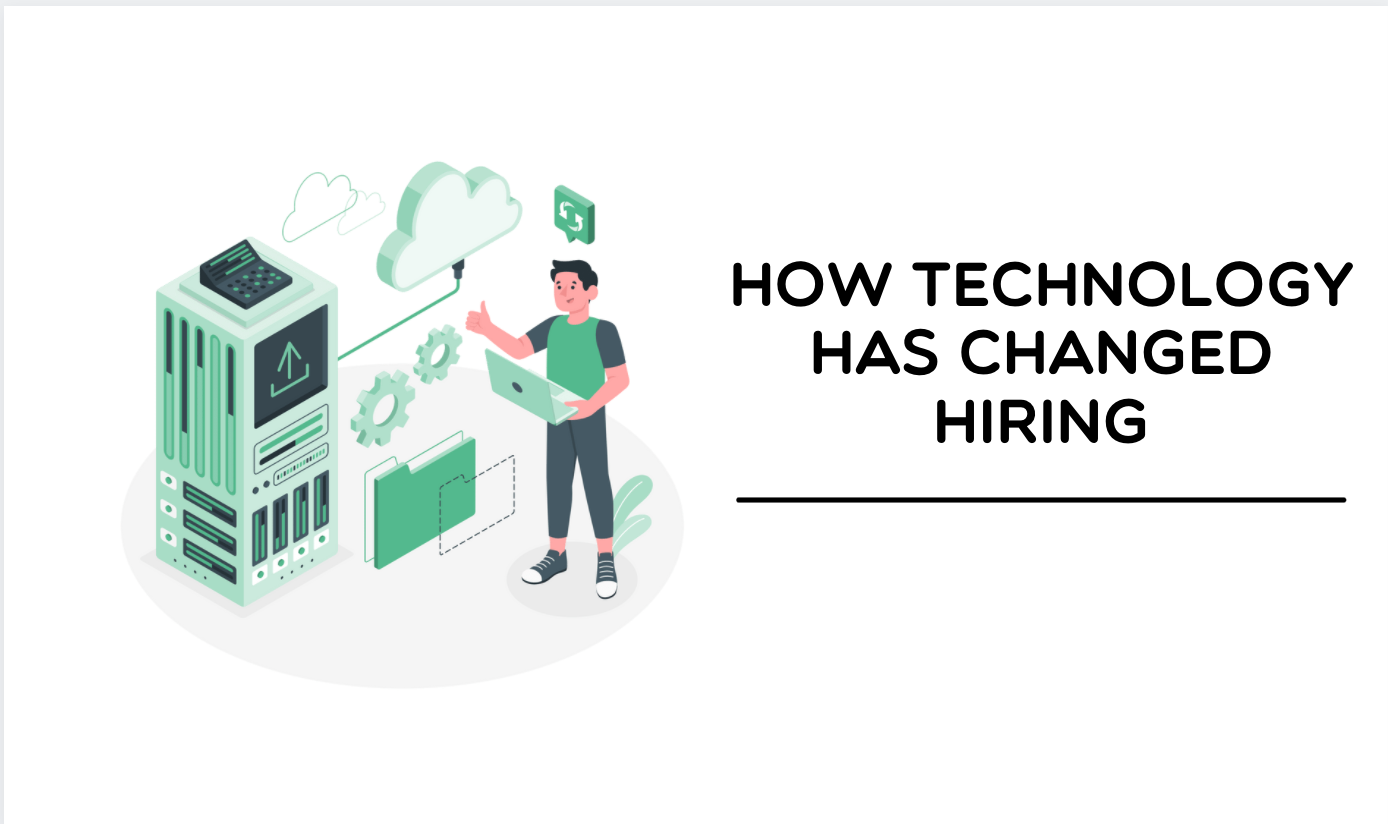How Technology Has Changed Hiring
Tech is everywhere, it's time to accept and adopt.

The world of HR is continually improving through its use of technology. Talent acquisition, payroll management, administration, hiring – all constantly growing in complexity and sophistication. The hiring process is no stranger to this either. Applicant tracking systems, digital assessments, virtual interviews – have quickly become the norm, further accelerated by the Covid-19 pandemic.
The goal of this direction is to reach peak efficiency and to find ways of reducing workload while maintaining accuracy. At the end of the day, the name of the game is scale. The more applicants you are able to interview, keep track of and assess, the greater your chances of hiring the perfect candidate. However, this comes with a deep set of pitfalls.
Disconnect caused by technology
There was once a time when hiring process involved sitting down with the candidate to have a conversation and to understand the applicant’s personality. This was considered – and often still is – the best method to gauge the potential fit of a candidate in a certain job role. Even today, this method might be used by certain recruiters, but it is getting scarcer. With the growing involvement of technology in the hiring process, there is also a growing disconnect between the hirer and the applicant.
Now
The usual hiring process today has to do with remote interactions, and in many cases, this is the only interaction between hirer and applicant before the actual position is filled. Resume submission and online psychometric assessments – happen without any direct contact which can often lead to miscommunication or misrepresentation of a person’s character. These are the standard practices and indicators used today to assess applicants and whether they are qualified for and likely to perform in a position. While these may be reliable indicators in their own right, they do not give any indicators of what an individual is like in a work environment. The growing reliance on these is dangerous.
Using the level of technology as we are today, allows for only minimal understanding of a person’s true character. People are reduced to simple numbers on a page. This leads to people being judged simply on the basis of perceived skill rather than actual potential, eventually leading to mis-hires. There must be an addition of a human element to this process or there is bound to be growing misrepresentation of individuals and “Technology Bias”.
Tech Bias
Technology bias is the bias that arises by people being viewed through the limitations of technology and the limited representations that it offers. It is a view of people that is far from holistic and therefore misleading. This directly results in mis-hires and great candidates slipping through the cracks simply because a computer monitor did not represent them properly. There is an urgent need to bring back some of the human element in order to rectify this.
This resurgence of the human element can be done by updating processes or by incorporating “human methodologies” into the current stream of technology to mimic and get close to actual human interaction. However, as mentioned earlier, the name of the game is scale. If a process is too time-consuming or is too strenuous to be conducted in massive groups, it is likely to fail. The answer circles back to incorporating these systems using technology, to work in tandem with the human element aided by technology and not overshadowed by it, as we’ve previously discussed here.
One potential solution is implemented by us at Vita. Our solution to this problem is automated reference interactions. The way we went about doing so was to merge a new way to interact with applicants, referees, peers, and personal contacts with existing advantages of an ATS. This novel approach is a balanced blend of technology and human intelligence to uncover insights using automation. The solution allows for it to be deployed at scale while still emulating a close equivalence to that which was the way of the past – direct communication with people to gauge people.
The way forward has to be the autonomy of recruiters bolstered by the right technology.
